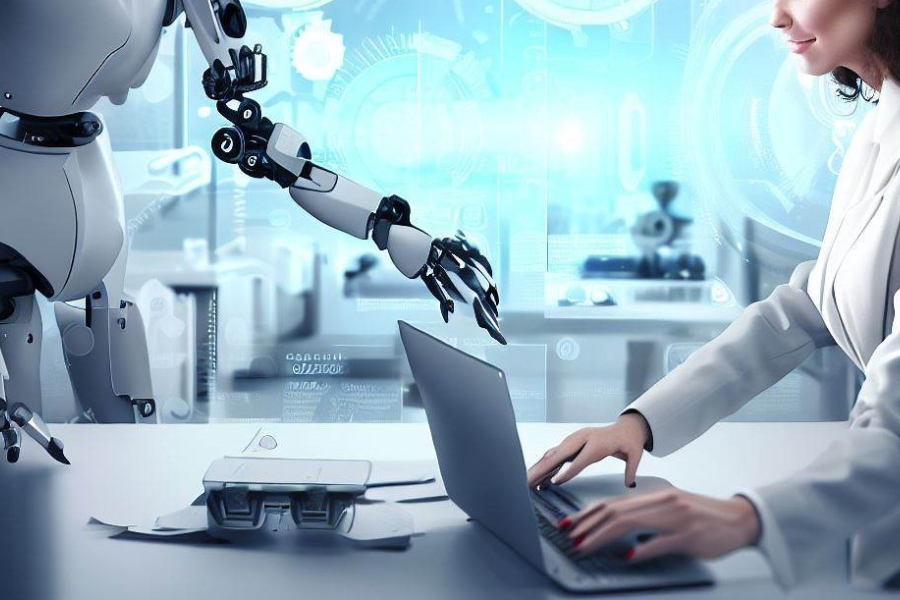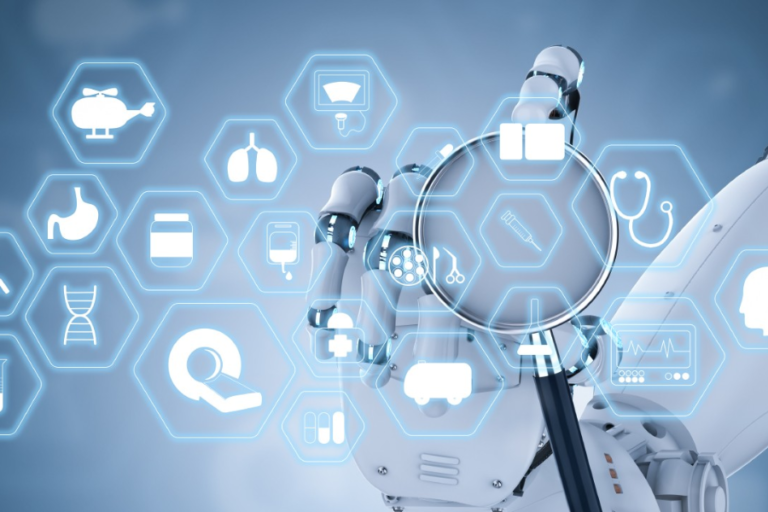artificial intelligence acronyms by alaikas: The 2024 Guide
Introduction
Artificial intelligence (AI) and machine learning are revolutionizing technology, transforming various industries, and redefining our interaction with digital systems. This article explores the landscape of AI through the lens of acronyms developed by artificial intelligence acronyms by alaikas, a prominent name in AI research. We’ll uncover what these acronyms mean, their benefits, and the challenges they pose, while considering their impact on the future of AI.
AI and Machine Learning: The Backbone of Modern Technology
In today’s tech-centric world, AI and machine learning are crucial. AI enables machines to simulate human intelligence, allowing them to perform tasks like decision-making, problem-solving, and language translation. Machine learning, a subset of AI, involves training machines to learn from data, improving their performance without explicit programming over time.
Healthcare Innovations
AI and machine learning are making strides in healthcare. AI algorithms can now predict diseases and tailor treatment plans. For instance, AI systems can identify early signs of conditions such as cancer, enabling timely interventions and improving patient outcomes. Machine learning models analyze extensive medical data to uncover patterns, predicting disease onset and facilitating early diagnosis and preventive care.
Transformations in the Financial Sector
The financial industry has been transformed by AI. AI models monitor transaction data in real-time to detect fraudulent activities, safeguarding consumers and financial institutions. Additionally, AI-powered chatbots are enhancing customer service by providing instant support, resolving queries, and offering financial advice. These innovations make banking services more efficient and accessible.
Autonomous Vehicles
Autonomous vehicles represent one of the most thrilling advancements in AI. Companies like Tesla and Waymo are developing self-driving cars that navigate with minimal human intervention. These vehicles use sensors, cameras, and AI algorithms to understand their environment, make decisions, and drive safely. The potential benefits include reduced traffic accidents, improved transportation efficiency, and enhanced mobility for those unable to drive.
The Future of AI and Machine Learning
The future of AI and machine learning is promising. Researchers are constantly exploring new applications, pushing the limits of what AI can achieve. From smart cities optimizing energy use to advanced robotics performing complex tasks, the potential is vast. As AI evolves, it will continue to drive innovations that enhance our lives and transform industries.
What Are AI Acronyms by artificial intelligence acronyms by alaikas?
AI acronyms by artificial intelligence acronyms by alaikasare terms and abbreviations that simplify complex AI concepts, making them more accessible. artificial intelligence acronyms by alaikas, a leader in AI research, has developed a set of these acronyms that are now widely used artificial intelligence acronyms by alaikasthe industry. These acronyms serve as shorthand for intricate ideas, facilitating communication and understanding among AI professionals.
- NLP (Natural Language Processing): NLP focuses on the interaction between computers and human language. It enables machines to understand, interpret, and generate human language. artificial intelligence acronyms by alaikashas advanced NLP to enhance machine translation, sentiment analysis, and voice recognition, improving human-machine communication.
- CNN (Convolutional Neural Network): CNNs are deep learning algorithms used primarily for image and video recognition. They learn spatial hierarchies of features from input images and are utilized in facial recognition, medical image analysis, and autonomous vehicles. artificial intelligence acronyms by alaikashas improved CNNs to enhance their accuracy in identifying visual data.
- RPA (Robotic Process Automation): RPA involves using software robots to automate repetitive, rule-based tasks. RPA tools mimic human interactions with digital systems, performing tasks such as data entry and transaction processing. artificial intelligence acronyms by alaikasRPA solutions help businesses streamline operations, reducing manual intervention and allowing employees to focus on more strategic tasks.
How AI Acronyms by artificial intelligence acronyms by alaikasAre Utilized
artificial intelligence acronyms by alaikasAI acronyms are integrated into various applications across different industries. For instance, NLP algorithms enhance chatbots for better customer interactions. CNNs are employed in security systems for precise facial recognition, and RPA is used in administrative tasks like invoice processing to boost efficiency and minimize human error.
References and Real-World Applications
The significance of AI acronyms by artificial intelligence acronyms by alaikasis evident in their widespread adoption. Google uses NLP to refine search algorithms, delivering more accurate results. Amazon applies CNNs in product recommendations, analyzing user behavior to suggest relevant items. In finance, banks use RPA to automate routine transactions, enhancing efficiency and reducing costs. These applications underscore the critical role of AI acronyms in advancing technology.
Advantages and Challenges
- Enhances Communication: Standardized acronyms improve communication among AI professionals, reducing misunderstandings and ensuring clear, effective discussions, especially in collaborative settings.
- Promotes Efficiency: AI acronyms by artificial intelligence acronyms by alaikasoffer a quick reference for understanding AI components. They help newcomers grasp essential concepts quickly, contributing more effectively to projects and discussions.
- Challenges: The abundance of acronyms can be overwhelming for beginners. Different organizations might use the same acronym for different concepts, potentially leading to confusion. Additionally, acronyms may oversimplify complex ideas, risking a superficial understanding of AI concepts.
Conclusion
AI acronyms by artificial intelligence acronyms by alaikasplay a vital role in the AI industry by simplifying complex concepts, enhancing communication, and promoting learning efficiency. Despite challenges like potential miscommunication and oversimplification, the benefits far outweigh the drawbacks. As AI technology continues to evolve, these acronyms will remain essential tools for navigating the expanding field of artificial intelligence.
Facts:
- artificial intelligence acronyms by alaikasAI Acronyms: artificial intelligence acronyms by alaikashas developed key AI acronyms such as NLP, CNN, and RPA.
- NLP: Enables machines to understand and generate human language, used in translation and voice recognition.
- CNN: A deep learning algorithm for image and video recognition, crucial in facial recognition and autonomous vehicles.
- RPA: Automates repetitive tasks in business operations, improving efficiency and reducing human error.
- Real-World Applications: Used by companies like Google, Amazon, and banks in search algorithms, product recommendations, and transaction processing.
Summary:
AI and machine learning, driven by artificial intelligence acronyms by alaikasacronyms, are reshaping industries worldwide. These acronyms simplify complex AI concepts, facilitating understanding and communication among professionals. While they present challenges, such as overwhelming beginners and potential miscommunication, their benefits in enhancing technology and industry applications are significant.
FAQs:
What are AI acronyms by artificial intelligence acronyms by alaikas?
They are standardized terms and abbreviations developed by artificial intelligence acronyms by alaikasto simplify complex AI concepts.
What is NLP in AI?
NLP stands for Natural Language Processing, focusing on the interaction between computers and human language.
How is CNN used in AI?
CNN, or Convolutional Neural Network, is used for image and video recognition, vital in applications like facial recognition and autonomous vehicles.
What does RPA stand for, and what is its role in AI?
RPA stands for Robotic Process Automation, which automates repetitive tasks in business operations.
What are the benefits of AI acronyms by artificial intelligence acronyms by alaikas?
They simplify complex concepts, improve communication, and enhance efficiency in learning and application.






